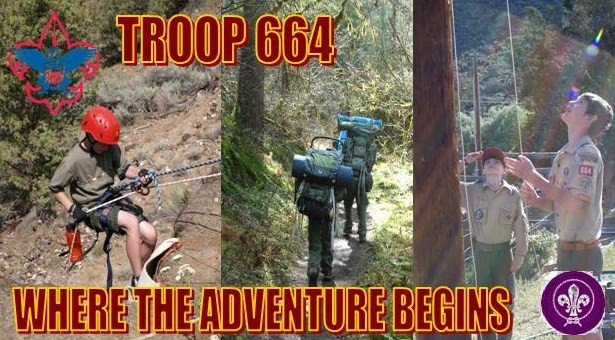We are in the thick of preparing for Cold weather camping. Remember that the first part of First Aid is Prevention. We prevent injuries and accidents by being prepared.
It is important that when we plan and prepare for winter camping, that we pay attention and take it very serious.
Simple things like planning for enough fuel, making sure we plan good, warm meals that are easy to prepare and clean up.
It is important to take a look at the clothing that we wear and how we pack our gear. It is important that we pay attention to our buddies and know what the signs of cold weather injuries are.
Cold weather camping can be some of the best times you have camping, but they can also be the worst of times if you are not prepared.
The next few meetings are critical in your cold weather camping preparation. BE PREPARED and be at the meetings and pay attention.
If you have questions, never hestitate to ask.
Have a Great Scouting Day!


